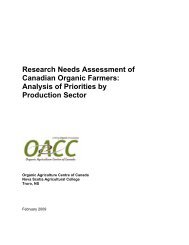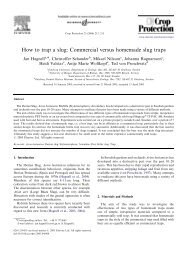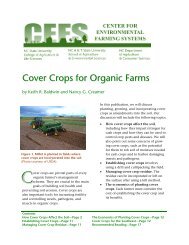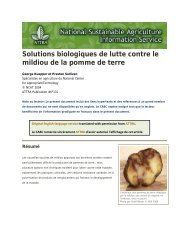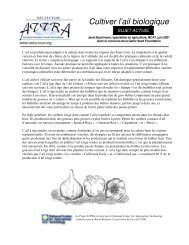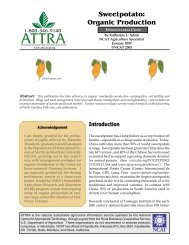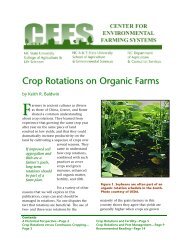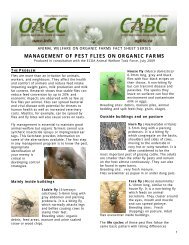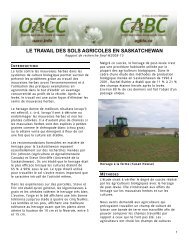Recommended Animal Handling Guidelines and Audit Guide
Recommended Animal Handling Guidelines and Audit Guide
Recommended Animal Handling Guidelines and Audit Guide
- No tags were found...
You also want an ePaper? Increase the reach of your titles
YUMPU automatically turns print PDFs into web optimized ePapers that Google loves.
<strong>Recommended</strong> <strong>Animal</strong> <strong>H<strong>and</strong>ling</strong> <strong><strong>Guide</strong>lines</strong> <strong>and</strong> <strong>Audit</strong> <strong>Guide</strong> 2007 EditionSection 8: <strong>Recommended</strong> <strong>H<strong>and</strong>ling</strong> of Disabled orCrippled LivestockAggressive h<strong>and</strong>ling can lead to injured, stressed orfatigued livestock. Although non-ambulatory animals(sometimes called “downers, slows or subjects”) representa small fraction of all livestock arriving at packingplants, they are significant because they require specialattention in the areas of h<strong>and</strong>ling, transporting, holdingpens <strong>and</strong> inspection. Trucks carrying non-ambulatorylivestock should park as close to the slaughter area aspossible <strong>and</strong> disabled animals should be inspected by aUSDA veterinarian, stunned <strong>and</strong> either condemned ormoved to slaughter quickly.Since December 30, 2003, all non-ambulatory cattlearriving at packing plants are to be condemned. Nonambulatorypigs may be slaughtered if inspected <strong>and</strong>passed by a USDA veterinarian.A well-designed cart for movingcrippled livestock.Non-Ambulatory CattleMany incidents of non-ambulatory cattle can be prevented by better management at the dairyor ranch. If non-ambulatory cattle arrive on trucks, offload ambulatory cattle first, taking carenot to compromise the non-ambulatory animals. Non-ambulatory cattle should be stunned witha captive bolt stunner on the truck <strong>and</strong> disposed of.If a steer or cow becomes non-ambulatory after it has passed ante mortem inspection, the USDAveterinarian will make a decision about whether the animal must be condemned, or whether itmay proceed to slaughter.If a steer or cow – or any animal—becomes non-ambulatory in the single file chute that leads tothe stunner, it must be stunned prior to dragging. A cartridge-fired captive bolt on a long h<strong>and</strong>leis recommended. If blood gets on the chute, wash it off to prevent balking.Mounting activity <strong>and</strong> animal fights can cause injuries that can cause animals to become non-ambulatory.This is a problem especially with bulls <strong>and</strong> boars. Bulls that are mounting other animalsshould be placed in separate pens. Mounting by bulls is a common cause of bruises <strong>and</strong> cripplinginjuries on cows. Producers need to work to reduce the occurrence of non-ambulatory animalsthat are caused by either poor management or neglect.Non-Ambulatory PigsThere are two basic types of non-ambulatory pigs. The first type is those that are in a poor physicalstate before leaving the farm, often older breeding stock. Another type is a fatigued pig that37AMI<strong>H<strong>and</strong>ling</strong>Slaughter<strong><strong>Guide</strong>lines</strong>07.1AMIJune 11, 2007



